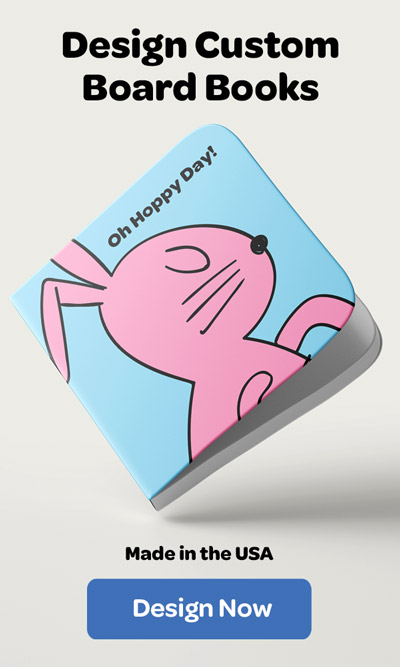Over the river and through the woods has turned into more of an over the mountains and through the skies. You’re traveling by plane for the holidays and it seems like everyone from the ticketing agent to your overly-tired toddler is ready for a tantrum. And that’s not to mention the stress you’re feeling right now.
It’s okay. Traveling for the holidays can be a festive, fun and maybe even relaxing time. You’ve worked hard all year and deserve a little break. And that’s exactly what your holiday travels should bring. With some prep and planning, you can turn your fear of flying with a tot in tow into real holiday happiness. Check out these tips for traveling by plane with your young child.
Do you want to get to the airport early? Of course, you do. That said, try to avoid getting there too soon. If you have a 2 p.m. flight, arriving at 10 a.m. will give your kiddo too much time to get cranky. Sure, you need to brave the security lines. And no one wants to miss their flight. If you absolutely need to get to the airport a few hours before your flight, bring along extra games (such as cards or travel board games), a few easy crafts and lots of extra snacks (so that you don’t have to pay the airport prices) to keep your child busy. Have a plan of action, and a ride, ready when you get to your destination. This makes it easier to pick up and go, avoiding the major meltdown that can happen after traveling for the better part of a day.
 Blankie is packed away deep in the depths of the plane’s cargo hold. Disaster. Carefully pack your carry-on bag, making sure to put anything that your kiddo absolutely, positively must have in it. If they’ll throw a fit without Teddy the bear, pack it. If they’ll cry for the entire trip if their special snack isn’t waiting for them, pack it. If they can’t go for 15 minutes without the comfort of a binky, pack it. Seriously. Pack it all. Sure, you may have to pay an extra fee to bring a larger carry-on. But it’s totally worth it.
Blankie is packed away deep in the depths of the plane’s cargo hold. Disaster. Carefully pack your carry-on bag, making sure to put anything that your kiddo absolutely, positively must have in it. If they’ll throw a fit without Teddy the bear, pack it. If they’ll cry for the entire trip if their special snack isn’t waiting for them, pack it. If they can’t go for 15 minutes without the comfort of a binky, pack it. Seriously. Pack it all. Sure, you may have to pay an extra fee to bring a larger carry-on. But it’s totally worth it.
 Don’t count on the in-flight meal (if you even have one) meeting your tot’s tastes. You know just how picky your little one is. And that’s not going to change just because they get to eat a meal on the plane’s fold-down tray table. Pack enough snacks to make it through the flight. If your child will need to eat a meal on the plane, consider packing that too. Grab an order of chicken nuggets immediately before your boarding time or pack a PB&J in your purse.
Don’t count on the in-flight meal (if you even have one) meeting your tot’s tastes. You know just how picky your little one is. And that’s not going to change just because they get to eat a meal on the plane’s fold-down tray table. Pack enough snacks to make it through the flight. If your child will need to eat a meal on the plane, consider packing that too. Grab an order of chicken nuggets immediately before your boarding time or pack a PB&J in your purse.
 Okay, so you can’t exactly pull out the finger paints, glitter, and glue on a plane. Nope. That certainly won’t work. But you can pack a few mess-free (or low-mess) art activities with you. Along with the standard crayons and washable markers, your child can pull apart soft modeling clay and spread it onto paper or cardboard, just like they’re finger painting. Other easy options include self-adhesive craft foam shapes and cut felt pieces. Create a Christmas tree, using a green craft felt triangle and decorate it repeatedly by pressing craft felt circles onto it as ornaments.
Okay, so you can’t exactly pull out the finger paints, glitter, and glue on a plane. Nope. That certainly won’t work. But you can pack a few mess-free (or low-mess) art activities with you. Along with the standard crayons and washable markers, your child can pull apart soft modeling clay and spread it onto paper or cardboard, just like they’re finger painting. Other easy options include self-adhesive craft foam shapes and cut felt pieces. Create a Christmas tree, using a green craft felt triangle and decorate it repeatedly by pressing craft felt circles onto it as ornaments.
 Your older child can play the role of family documentarian — with your phone or camera! Have them document each part of the journey from start to finish, checking your baggage, boarding the plane and let them snap away as the flight goes on. Continue the picture-taking after you get to your destination too. After your holiday travels are over you can put the pics together into a festive photo book.
Your older child can play the role of family documentarian — with your phone or camera! Have them document each part of the journey from start to finish, checking your baggage, boarding the plane and let them snap away as the flight goes on. Continue the picture-taking after you get to your destination too. After your holiday travels are over you can put the pics together into a festive photo book.
With these helpful tips, we’re sure you and your family will have a safe and fun holiday trip!







